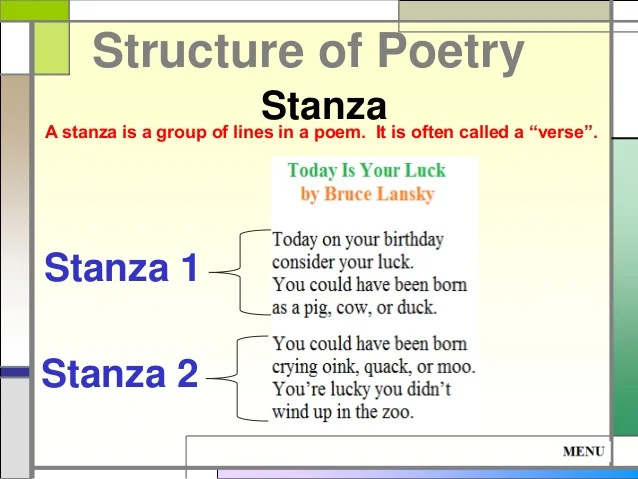Introduction:
Urdu poetry has a rich tradition of capturing profound emotions, timeless sentiments, and evocative imagery in just a few lines. These succinct verses, known as “sher” or couplets, have the power to transport readers to a world of beauty, introspection, and profound contemplation. In this article, we delve into the realm of Urdu poetry and explore two enchanting lines that resonate with the depths of human emotions. Through an analysis of their themes, linguistic nuances, and cultural significance, we aim to unlock the hidden treasures of these verses and offer readers a glimpse into the captivating world of Urdu poetry.
Verse 1: “Dil ka kya rang karun, khoon-e-jigar hone tak” Translation: “How can I color my heart until it becomes blood?”
Verse 2: “Dil se tera khayal na jaaye to kya karun?” Translation: “If thoughts of you don’t leave my heart, what can I do?”
Exploring The Verses:
- “Dil ka kya rang karun, khoon-e-jigar hone tak”: This couplet reflects the intensity of unrequited love, capturing the essence of longing and emotional turmoil. The metaphor of coloring the heart until it transforms into blood symbolizes the poet’s inability to move on from unrequited feelings. The poet suggests that until the heart becomes consumed by the pain of unreciprocated love, it remains incomplete and devoid of purpose.
- “Dil se tera khayal na jaaye to kya karun?”: These verses encapsulate the intensity and obsession of love. The poet expresses a sense of helplessness, emphasizing that even if they try, they cannot rid themselves of thoughts of their beloved. This couplet beautifully captures the inescapable presence of a loved one in one’s heart and mind, highlighting the overpowering nature of true love.
Linguistic Nuances And Cultural Significance:
2 lines urdu poetry, with its poetic traditions deeply ingrained in its language and culture, adds a unique charm to these verses. The beauty of Urdu poetry lies in its ability to convey complex emotions through concise phrases, allowing readers to unravel layers of meaning. The poetic devices employed, such as metaphors, similes, and imagery, enhance the depth and impact of these couplets.
Urdu poetry holds immense cultural significance in South Asia, particularly in regions such as India and Pakistan, where it is celebrated and cherished. It serves as a medium for self-expression, often exploring themes of love, longing, spirituality, and the human experience. The impact of Urdu poetry extends beyond its linguistic and cultural boundaries, resonating with poetry enthusiasts worldwide.
Conclusion:
In just two lines, Urdu poetry captures the essence of profound emotions, transporting readers to a world of beauty, introspection, and contemplation. The selected couplets provide a glimpse into the depth of human emotions, exploring themes of unrequited love and the power of obsession. Through linguistic nuances and cultural significance, Urdu poetry continues to captivate hearts and minds, offering solace, inspiration, and a profound connection to the human experience.
FAQs:
- What is the origin of Urdu poetry? Urdu poetry finds its roots in ancient Arabic, Persian, and Indian poetic traditions. It flourished during the Mughal era in the Indian subcontinent and has since become an integral part of the region’s cultural heritage.
Can you recommend some renowned Urdu poets? Certainly! Some celebrated Urdu poets include Mirza Ghalib, Faiz Ahmed Faiz, Allama Iqbal, Meer Taqi Meer, and Sahir Ludhianvi. Their works continue to be cherished and revered for their poetic brilliance and timeless relevance.

